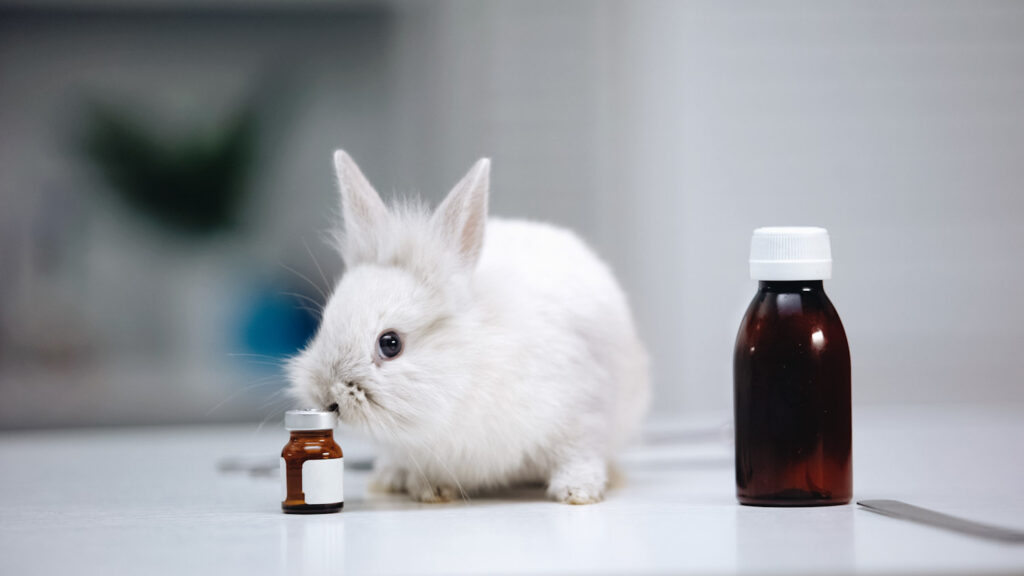The EU just voted to phase out lab animal experiments.
On Wednesday, the European Parliament adopted a resolution vote calling for the European Commission to develop a definitive action plan to bring an end to lab animal testing. This should clearly identify key milestones and targets in order to ensure and incentivize meaningful progress.
Cross-party members of the European Parliament voted by an overwhelming majority (667-4) in favor of a transition from animal testing to ethical and effective alternatives.
In a press release, animal advocacy NGO Human Society International (HSI) welcomed the vote, calling it a “historic opportunity” to protect the almost 10 million animals used by EU laboratories every year in invasive experiments.
The vote is not legally binding, but it does place political pressure on the European Commission to respond to the results and take action. (Earlier this year, a similar process began to ban cruel caged animal farming in the EU, which the commission is now moving forward on.)
“This vote signals the need for systemic change in the EU’s approach to safety science and health research,” says Troy Seidle, vice president for research and toxicology at HSI.
Seventy-two percent of European citizens agree that the EU should set binding targets and deadlines to phase out animal testing, while 70 percent of adults believe full replacement of all forms of animal testing should be prioritized. Sixty-six percent say that all animal testing should be ended immediately.
“We need to let go of the unfounded belief that these animals are miniature people and get serious about understanding and predicting human biology in the real world,” says Seidle.
Does the EU need animal experiments?
Pharmaceutical testing, in particular, receives criticism for its relative lack of reliability. Small animals are not humans, and “successful” initial tests can lead to dangerous clinical trials. A 2015 study titled the Flaws and Human Harms of Animal Experimentation explored this.
“The unreliability of animal experimentation across a wide range of areas undermines scientific arguments in favor of the practice,” wrote the study author. “Animal experimentation often significantly harms humans through misleading safety studies, potential abandonment of effective therapeutics, and direction of resources away from more effective testing methods.”
Seidle lists human organ chips, stem cell models, and next-generation computer modeling among the most successful modern alternatives. Some companies are even developing cultured human skin for the cruelty-free testing of both pharmaceuticals and cosmetics.
Cosmetic animal testing is even less necessary, reputable, and popular than pharmaceuticals. Mexico recently became the first North American country to completely ban cosmetic animal testing, while Hawaii became the fifth U.S. state to implement a ban earlier this year.
The UK, however, could be about to pivot back towards animal testing after more than 100 years of slow progress and over 20 years after a national ban. This news also comes in the midst of ongoing protests over a beagle factory farm located near the notorious Huntingdon Life Sciences. According to activists, the site breeds up to 2000 puppies every year specifically to sell them for animal experiments.
To learn more about the history of animal testing in the UK, read on here.


